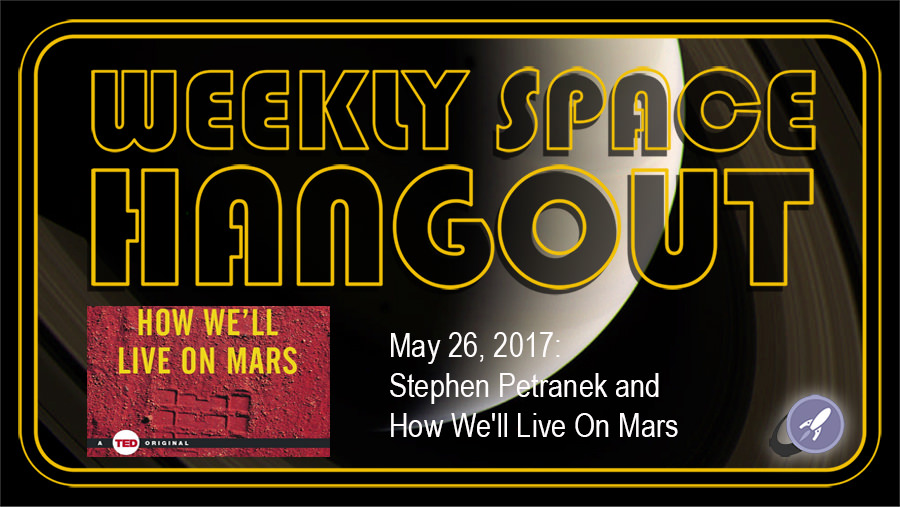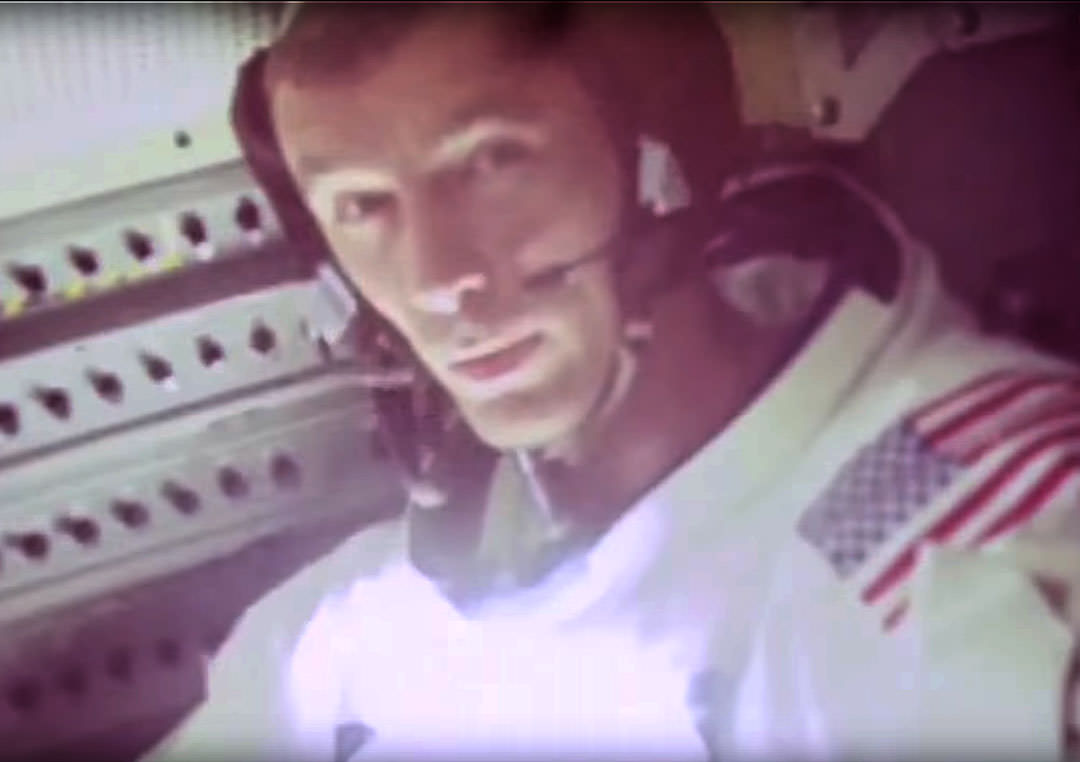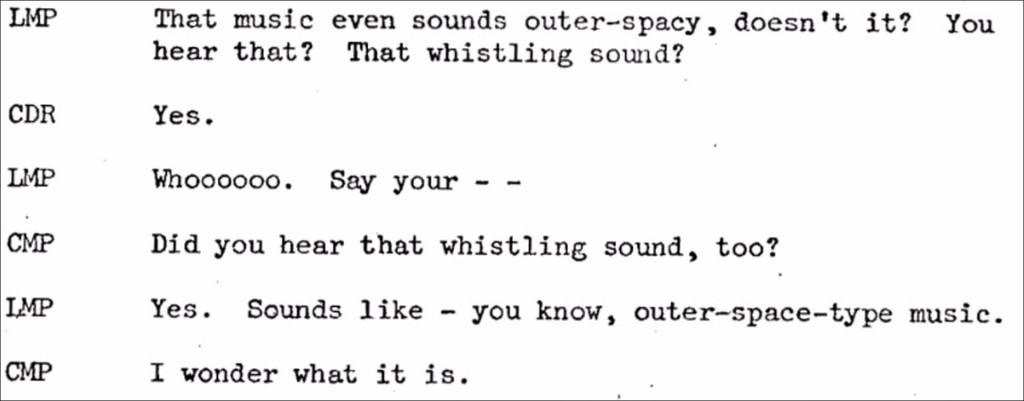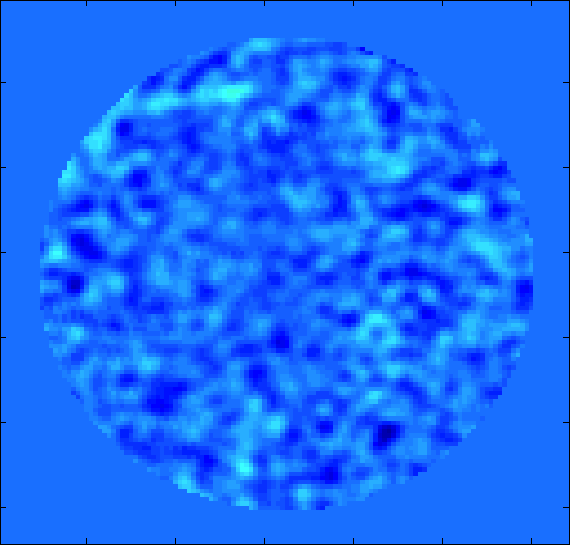Host: Fraser Cain (@fcain)
Special Guest:
NAT GEO’s Stephen Petranek is the author of How We’ll Live on Mars (TED Books.) Stephen became a reluctant doomsayer when his earliest TED Talk (10 Ways the World Could End) racked up 1.5 million views. But Petranek is, in fact, an optimist who believes that humanity will escape its predicaments — literally. Within a century, he predicts that humans will have established a city of 80,000 on Mars: and that not only is that plausible, but it’s also inevitable.
Having worked in publishing for four decades — most of it straddling the line with science and technology, Petranek is the former editor-in-chief of Discover magazine, editor of the Washington Post’s magazine, and a renown TED Talk speaker has also given him some unique perspective and insight on the changes that lie ahead and new tools that reflect a potential disruptive shift in how we observe the world around us. Petranek is the editor-in-chief of the Breakthrough Technology Alert, a technology newsletter that ties scientific breakthroughs to investment opportunities.
Guests:
Dr. Kimberly Cartier ( KimberlyCartier.org / @AstroKimCartier )
Nicole Gugliucci (cosmoquest.org / @noisyastronomer)
Paul M. Sutter (pmsutter.com / @PaulMattSutter)
Their stories this week:
Boyajian’s Star is at it again
Q&A about the new dipping event
Familiar Galaxy Shows New Object in the Radio
Gravitational Waves Alter Spacetime?
Defining a new stage of planet formation
We use a tool called Trello to submit and vote on stories we would like to see covered each week, and then Fraser will be selecting the stories from there. Here is the link to the Trello WSH page (http://bit.ly/WSHVote), which you can see without logging in. If you’d like to vote, just create a login and help us decide what to cover!
Announcements:
The WSH recently welcomed back Mathew Anderson, author of “Our Cosmic Story,” to the show to discuss his recent update. He was kind enough to offer our viewers free electronic copies of his complete book as well as his standalone update. Complete information about how to get your copies will be available on the WSH webpage – just visit http://www.wsh-crew.net/cosmicstory for all the details.
If you’d like to join Fraser and Paul Matt Sutter on their Tour to Iceland in February 2018, you can find the information at astrotouring.com.
If you would like to join the Weekly Space Hangout Crew, visit their site here and sign up. They’re a great team who can help you join our online discussions!
We record the Weekly Space Hangout every Friday at 12:00 pm Pacific / 3:00 pm Eastern. You can watch us live on Universe Today, or the Universe Today YouTube page








